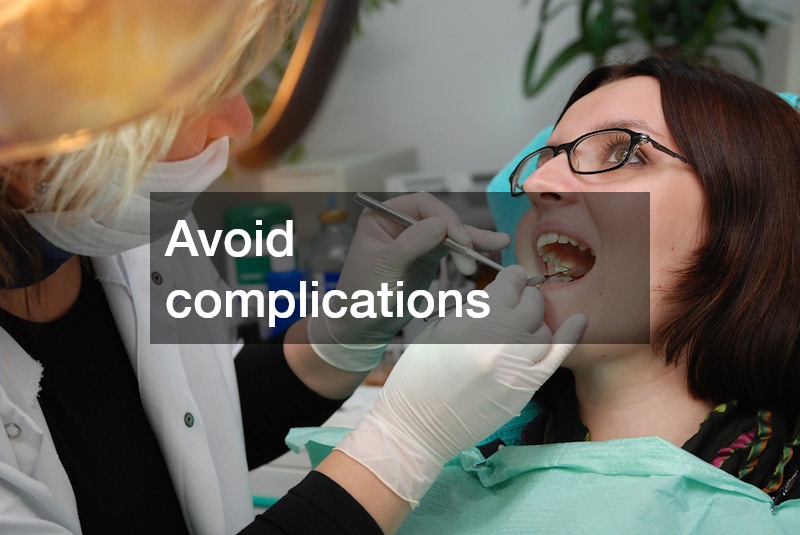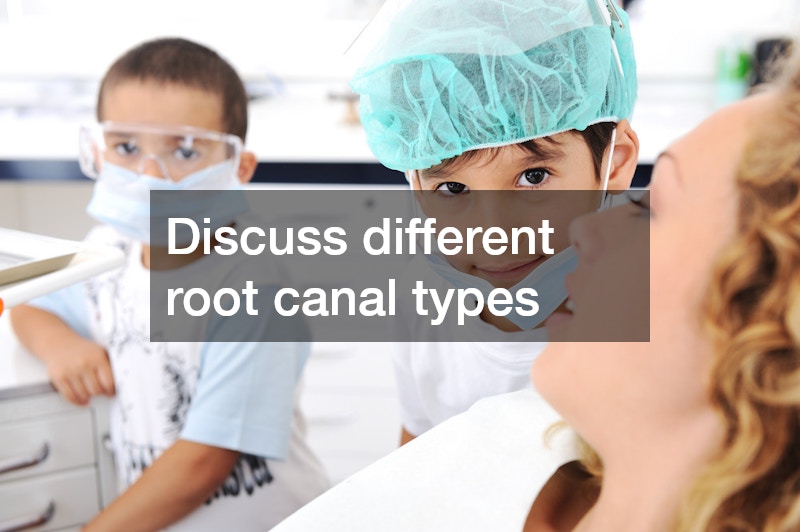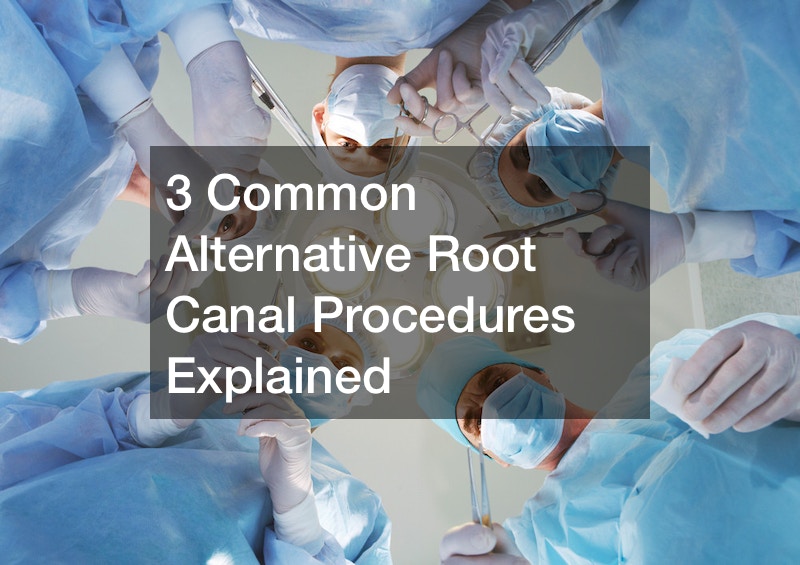
When looking for a local dental clinic in your area, it’s important to find a place that offers comprehensive care, especially if you’re facing a root canal. Understanding what to expect from this procedure can help you feel more prepared. If you’ve ever heard of a dry socket root canal and what it feels like, you know it’s not pleasant. A dry socket is a condition where the blood clot at the tooth extraction site fails to develop or becomes dislodged, leading to significant pain.

After your procedure, post op root canal care considerations are crucial to avoid complications. Following your dentist’s instructions, such as taking prescribed medications and avoiding hard foods, can promote a smooth recovery. Keep an eye out for root canal health problems, like lingering pain, swelling, or unusual discharge, which could indicate an infection or other issues.

You can discuss different root canal types with your dentist, from traditional treatments to more advanced options. Discussing these with your dentist ensures you receive the most suitable care for your condition. Finding a good local dental clinic that provides clear information and quality care is key to managing your dental health effectively. Make the call today to get the dental care you need!
Not many people enjoy visiting a dentist. Most people would avoid it if they could. However, proper dental care is crucial for healthy teeth. It does help to have a regular family dental service. Regular checkups ensure that the gums and teeth are in great shape. There are cases where patients need treatment for various issues.
One of the common forms of dental treatment is a root canal. The best root canal procedures ensure the patient does not get a tooth infection by cleaning the pulp tissue within the teeth. However, the process can be uncomfortable, and some patients have trouble sitting still. Local anesthesia numbs the area during the procedure, while patients may sometimes be sedated.
https://www.youtube.com/watch?v=IrNrNQ-HFl4
Some patients have questions concerning root canals, such as “can a crown be removed for a root canal?” Typically, the crown may be drilled for the process and then covered up afterward, but in some severe cases, the crown may be removed. There are cases where patients may experience some pain after the procedure. Painkillers are the best thing for root canal pain. It is unlikely for patients to have bleeding gums after a root canal, but bleeding may indicate that the procedure was unsuccessful or an infection.

What is good oral hygiene, when it comes to dentistry aspects? While that question may seem like something that should be common sense, there are times in which ways to improve dental health are not taken as seriously as they should be. When this happens, dental disorders, and dental health issues, can take place. As such, this is why when it comes to an orthodontic service, healthy oral hygiene should not just be assessed, whenever one has a cavity. Instead, people should visit oral health services yearly, so that they can assess the health of their teeth, gums, etc. For example, sometimes people can have issues, pertaining to a bad root canal infection. As such, what should be done is an assessment of the teeth and gums at the dentist. This will aid in the following, in aspects, pertaining to dental canal treatment, and sometimes dentist tapping on teeth, to assess any sensitivity. Sometimes, root canal treatments can also be beneficial, in that they provide the following: an analysis of the best dental plan for root canal, as well as the following questions answered. Can a dentist perform a root canal?
Roots of the teeth are hidden in the tooth’s pulp, which is where there are nerve endings and blood vessels. These roots can become infected, but most importantly, they can also become sensitive to hot or cold temperatures. This sensitivity is caused by “pulpitis” or inflammation of the pulp of the tooth. If this inflammation is severe enough, it can even lead to abscesses which will need surgical intervention.
Are you awake for a root canal? A dental canal treatment involves removing some or all of the diseased pulp from inside the tooth so that it cannot continue to cause infection or irritate your gums and other teeth. Root canals and other dental services are usually performed with local anesthesia (numbing), although some patients prefer sedation dentistry (general anesthesia).
A root canal is a procedure performed to clean out the decay and nerve endings from the inside of the tooth. The tooth is numbed with anesthesia before this procedure, which typically lasts for one to two hours. Can a dentist perform a root canal? A root canal is a commonly performed dental procedure by the dentist that helps save the tooth from becoming infected and causing a toothache. Root canals are performed to remove the nerve and pulp tissue from inside the tooth.
Root canal therapy is usually conducted by a dentist for root canal specialists; however, some dental specialists also perform this procedure. For patients who face difficulty sitting still for long periods, sedation dentistry can ease their discomfort.
Our teeth are mighty warriors in our bodies. Without them, we wouldn’t be able to eat, smile, or talk properly. So because of this, it is absolutely important that we do what we can to take care of our pearly whites at all times.

However, it is easy for disease to enter our mouths, especially gum disease. Periodontal disease is extremely common and affects 47.2% of adults over age 30. Additionally, disease to the tooth’s pulp can be quite serious and require either a tooth extraction or a root canal.
The typical root canal procedure is invasive and removes the tooth’s nerve altogether. Some patients may not want this so there is a need for an alternative root canal procedure. Here we explain some common alternatives to root canals your dentist is able to perform.
When you have a cavity, the bacteria infiltrate the tooth and can reach the nerve. If the nerve has died, this is when a root canal is the only option. But if the nerve is still alive, your dentist can perform a pulp capping treatment which will restrict the tooth decay from entering the tooth’s pulp chamber. The pulp capping procedure is simple: the dentist will remove the decay, line the pulp chamber with medicine to ensure it doesn’t get infected, and then will place a temporary crown over the tooth to allow it to heal.

Tooth extraction
If the tooth has decayed, it may just be a better option to remove it completely. Most dentists choose to do this as a way to prevent bacteria and infection from spreading throughout the mouth. Once the tooth is removed, you’ll then have the option to replace it with a dental implant, a bridge, or a crown.
Ozone gas
This interesting treatment has the dentist using ozone gas to irrigate the root cavity. The gas will kill the bacteria and allow the dentist to save more of the tooth than they would if it was a root canal. Most dentists use ozone gas to buy more time instead of going for the root canal right away.
If you feel that a root canal isn’t the best option for you right now, there are plenty of alternative root canal procedures available for you. Speak to your dentist today about your options and you’ll soon be smiling again.



